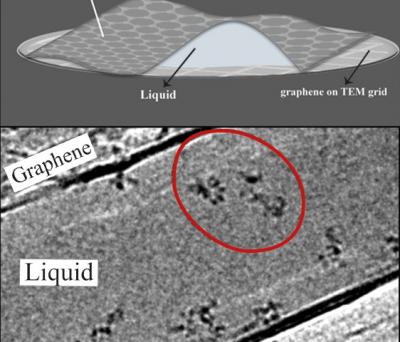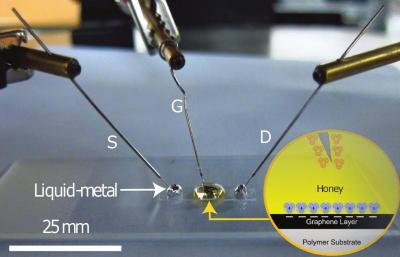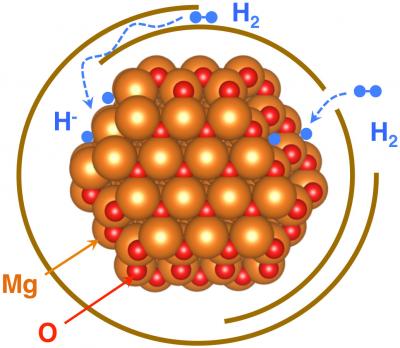New method uses lasers to forge graphene into 3D shapes
Researchers from Finland and Taiwan have discovered how graphene can be made into 3D objects by using laser light. The scientists provided an illustration, in which they fabricated a pyramid with a height of 60 nm (about 200 times larger than the thickness of a graphene sheet).
"We call this technique optical forging, since the process resembles forging metals into 3D shapes with a hammer. In our case, a laser beam is the hammer that forges graphene into 3D shapes", explains the team. "The beauty of the technique is that it's fast and easy to use; it doesn't require any additional chemicals or processing. Despite the simplicity of the technique, we were very surprised initially when we observed that the laser beam induced such substantial changes on graphene. It took a while to understand what was happening".






